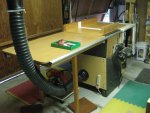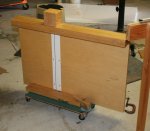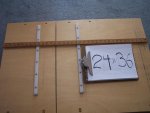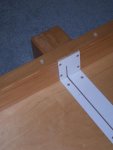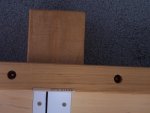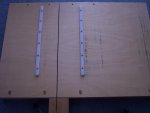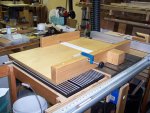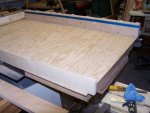Bill Satko
Member
- Messages
- 3,222
- Location
- Methow Valley
Cynthia,
If you are going to be doing a bunch of this kind of cutting, I suggest you do your best to find a Millers-Falls Langdon-Acme miter saw. it's hand-powered (well, arm and shoulder-powered, too), accurate as the day is long, darn near noiseless and cheap. I found mine at a garage sale for $14. It's more accurate than your miter saw. They are no longer made, but they show up at garage and estate sales, CraigsList and eBay for reasonable prices.
they look like this:
View attachment 71488
I agree and nice find Bruce!



